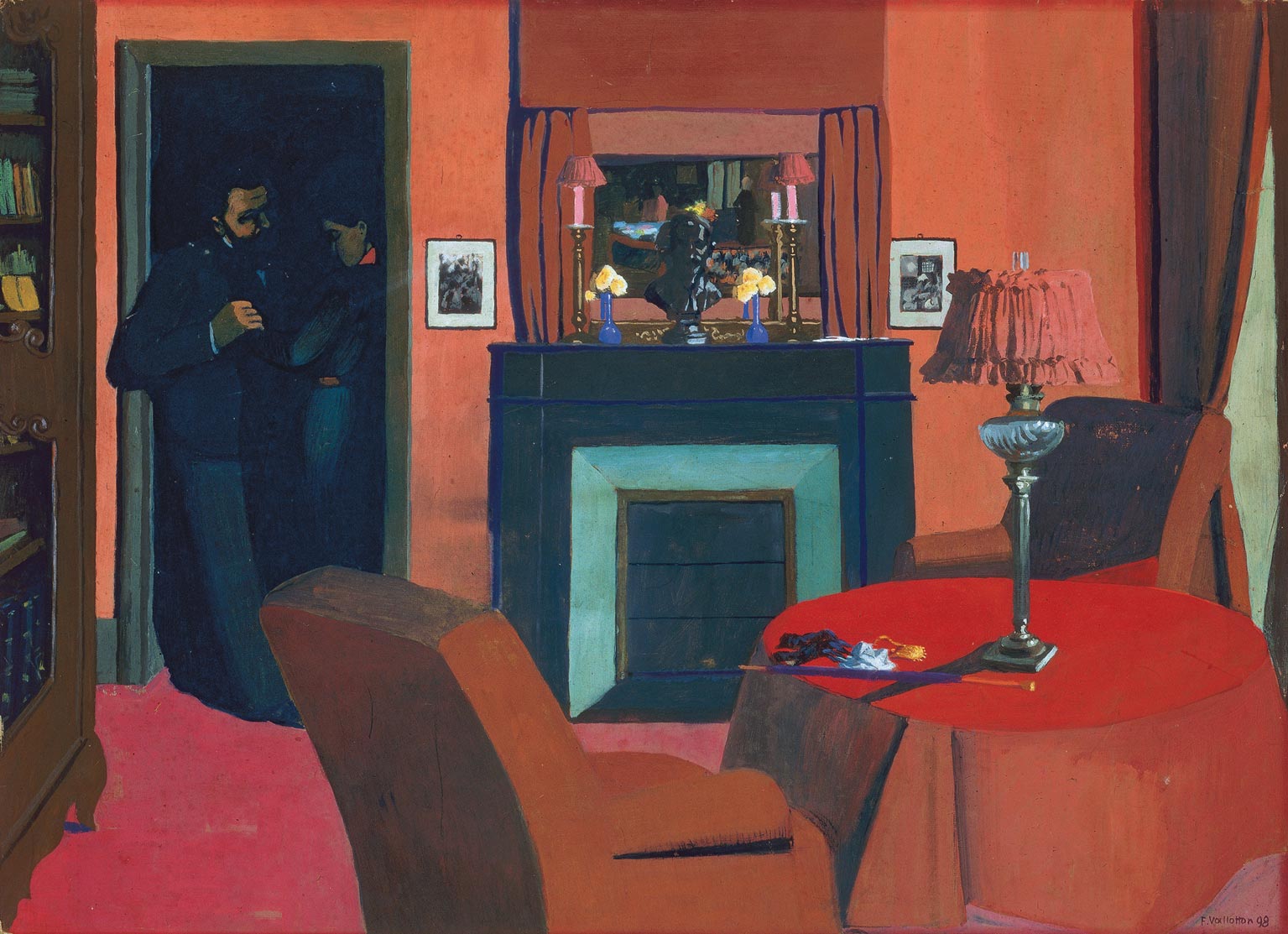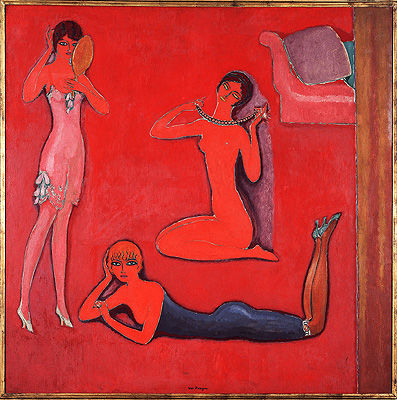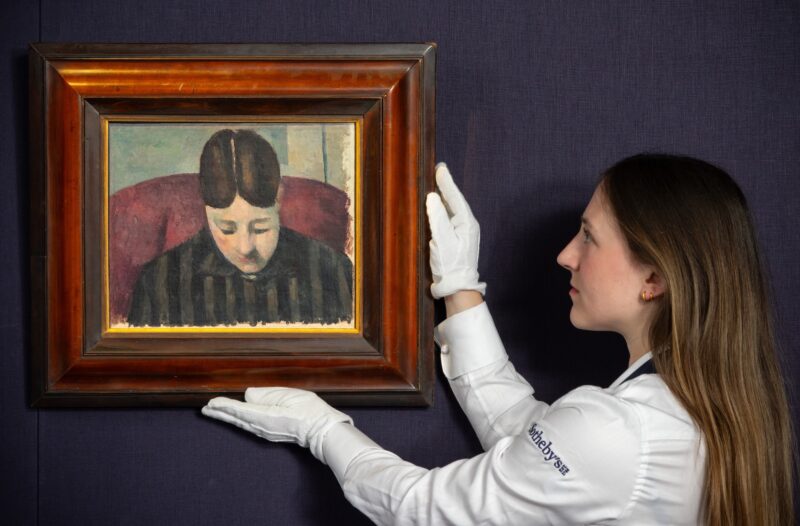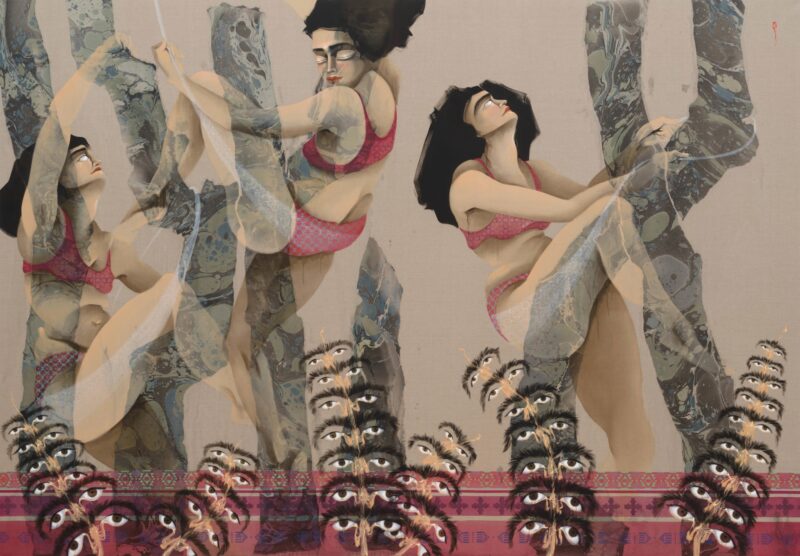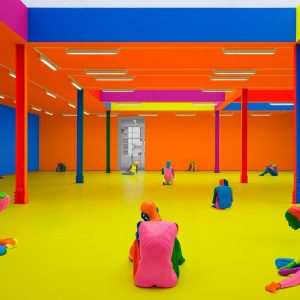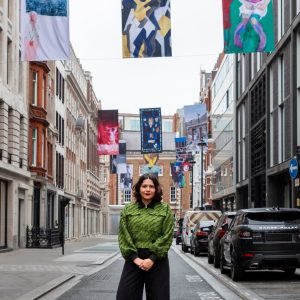Felix Vallotton: The Red Room, 1898
Matisse’s 1908 red room The Dessert: Harmony in Red, one of his masterpieces, was famously a harmony in blue until the last moment, when he overpainted the dominant wallpaper in flat, decorative red. That came to mind recently when I came across three other examples. Felix Vallotton’s La Chambre Rouge, 1898, strikingly precedes Matisse, who was a couple of years off emerging from academic browns into the Fauvist light. Vallotton – along with Bonnard and Vuillard – was a member of Les Nabis (from the Hebrew for ‘prophet’), who painted intimate interiors full of repressed emotions. Here the blocks of different reds are an effective setting for the sexual tension around what might come next. Matisse’s Dutch-born fellow Fauve Kees Van Dongen, on the other hand, may well have been influenced by the 1908 painting when producing his Interior, Miss Miroir, Miss Collier and Miss Sopha, 1914. Still, it’s among the most ambitious pictures by an artist best-known for his flatteringly stylish society portraits. Next, I saw a full red room environment: Siberian artist Uliana Apatina’s illumination of the Herrick gallery. The red room, then, has evident appeal. But why? Perhaps because the red provides a strong enough colour, both optically and psychologically, to transport the viewer beyond the architectural space of the room and into the space of the mind.
Kees Van Dongen: Interior, Miss Miroir, Miss Collier and Miss Sopha, 1914
Most days art Critic Paul Carey-Kent spends hours on the train, traveling between his home in Southampton and his day job in Surrey. Could he, we asked, jot down whatever came into his head?
